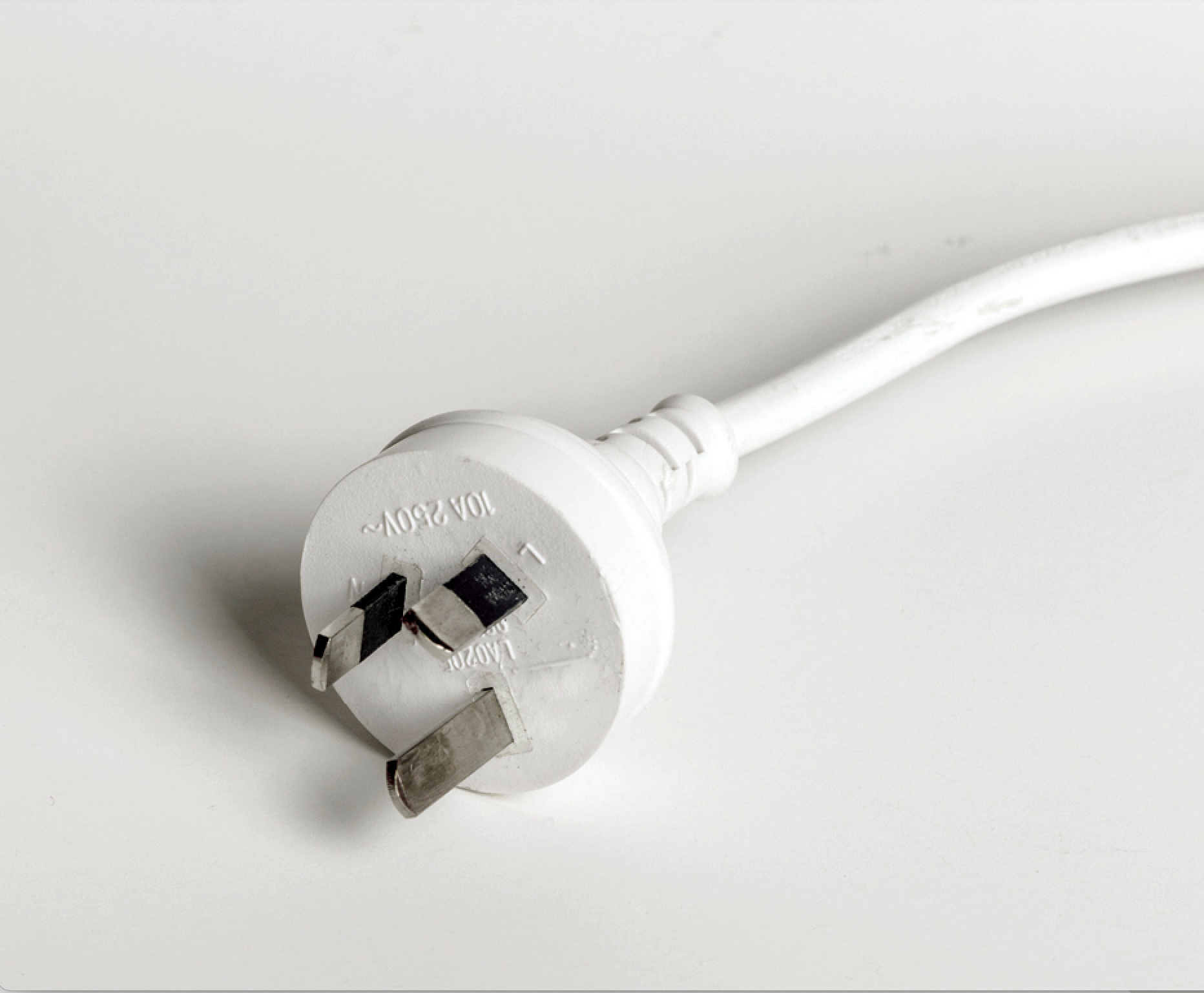SMRs could potentially form part of Australia’s future low-carbon energy mix, utilising existing transmission infrastructure and contributing to baseload power, or providing dispatchable power in a high-renewables grid. As an emerging technology, in 2024 the cost and operational performance of this technology has not yet been demonstrated.
Currently, there are no licensed designs, or constructed or operating SMRs in Australia, or in any Organisation for Economic Co-operation and Development (OECD) countries (which are most comparable to Australia for reasons outlined in the report; in addition the reliability of publicly available information on non-OECD designs is questionable). A range of SMR designs are being actively pursued internationally; projected costs and performance attributes could only be accurately demonstrated once full-scale prototype SMRs are built.
Based on developer announcements and regulatory processes, it is possible that several prototype SMRs may be licenced, commissioned and built in OECD countries by the mid-2030s.
Commercial releases could commence by the late 2030s to mid-2040s, with a mature market likely emerging during the mid to late 2040s, depending on regulatory approvals and investment and resource allocation.
A mature, well-functioning SMR market would:
- Have transitioned from full-scale prototypes to ongoing commercial SMRs delivered using well-established manufacturing facilities and robust supply chains.
- Offer a choice of SMR systems from various established and successful vendors.
- Provide transparent and proven capital and operating costs from multiple operating vendors and sites.
- Demonstrate the operational safety and environmental performance of SMRs in line with Australian society’s expectations.
- Require a suitably scaled nuclear-power qualified skills base.
Currently, none of these conditions exists in Australia.
Given the nascent state of SMR development globally, associated uncertainty in costs and timelines, and relatively small size of the Australian nuclear-capable workforce, if Australia was to pursue establishment of SMRs, the least risky option would be to procure them after several designs have been commercialised and successfully operated in other OECD countries.
As the technology matures and is tested, SMRs may in the future represent a lower-cost, shorter build-time, smaller terrestrial footprint alternative to traditional, large-scale nuclear power plants.
This report identifies four potential SMR development entry points. The earlier a country enters the SMR development market, the greater the cost and technology risk. ATSE acknowledges that technological maturity is only one consideration when assessing the viability of new technologies, and encourages decisionmakers to consider all factors, including infrastructure viability, investment landscape, social licence, skills and workforce capability, legislative and regulatory reform, and alternative technologies.
Federal and state moratoria on nuclear power currently disallow establishment of Australian SMRs. There is no national nuclear regulator, and social acceptance of the technology is not advanced. Foundational concepts supporting social licence include transparency, trust, ongoing dialogue with communities, clear roles and responsibilities, involvement of trusted sources (such as the CSIRO and Learned Academies), and political bipartisanship. A non-partisan approach with broad stakeholder engagement would be needed if Australia wished to advance a mature public discussion regarding whether to adopt nuclear power. Topics to be addressed would include economic viability, reliability, grid connections, private and public sector investment, environmental impact, workforce capability and job creation, governance and regulation, radioactive waste management, health and safety, and national security.









